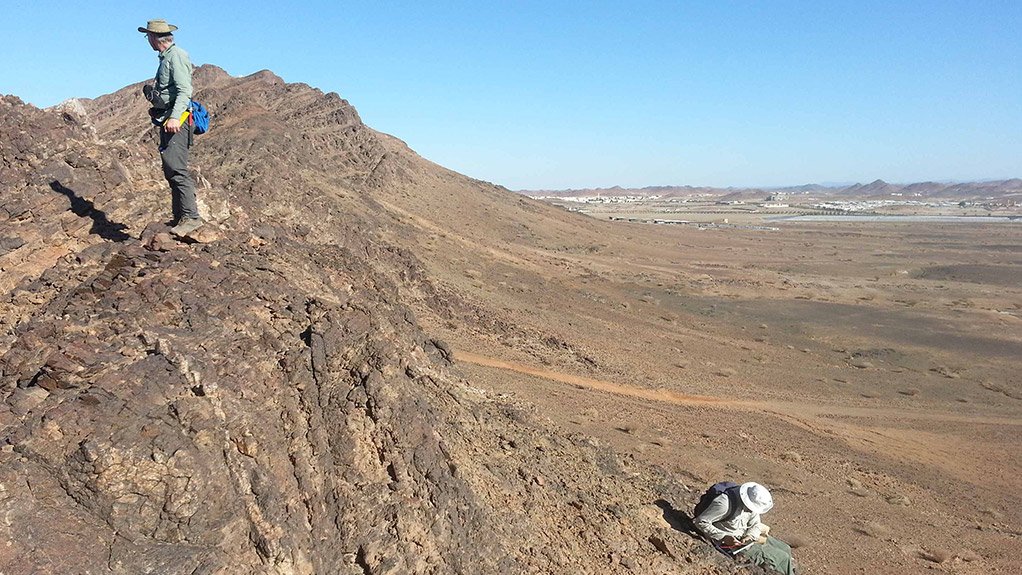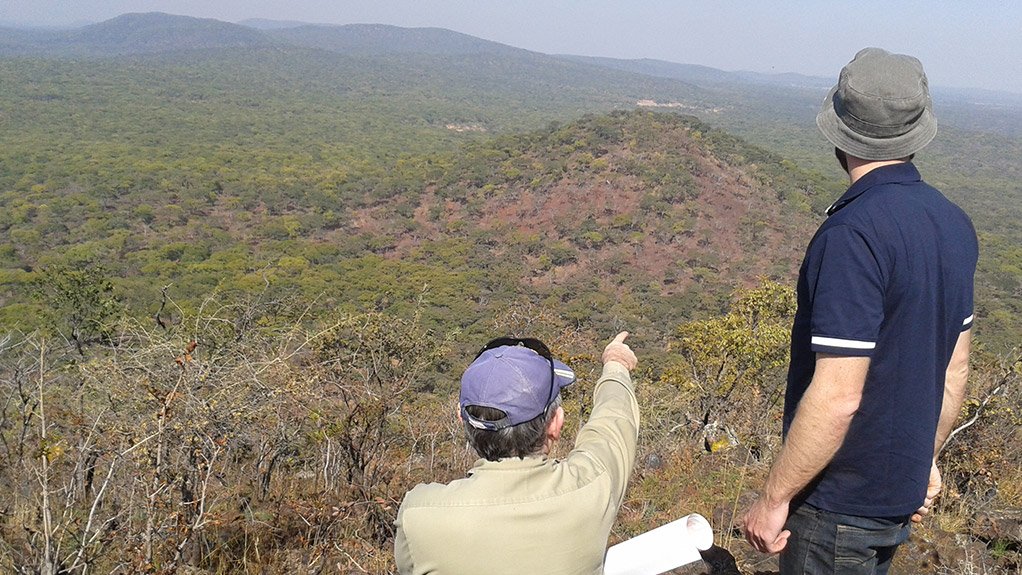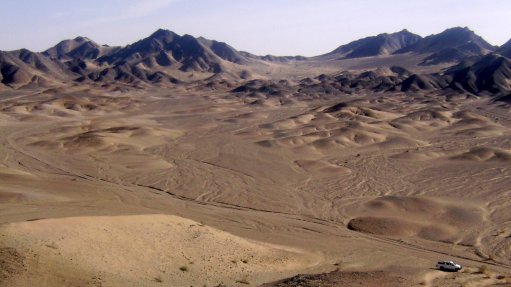Increased focus on enviro management in tough investment climate



FINDING A SOLUTION Environmental and social risk imperatives will always be present and companies have to find means to identify, manage and limit those risks
NEGOTIATING BIODIVERSITY SECURITY Identifying a suitable biodiversity offset requires extensive negotiations between the developer, local authorities and the financier
The increasing focus on mitigating the environmental and social impacts of mining is making securing financing to develop new and to expand existing mining projects more difficult, says specialist mining consultancy The MSA Group.
MSA principal environmental consultant Robin Bolton explains that financial institutions are adopting stricter social and environmental risk assessment methods and guidance mechanisms, such as the internationally recognised Equator Principle (EP) and World Bank and International Finance Corporation (IFC) performance standards. This is owing to increased reputational and financial risks associated with mining.
This, in turn, is forcing mining houses to be more clinical when compiling environmental- and social-impact assessments (ESIAs) and ensuring ongoing compliance.
Bolton points out that mining companies need to be cognisant of environmental and social risks remaining valid throughout the life cycle of a mining project, from the exploration phase through to mine closure, and that environmental monitoring is to continue well after mine closure.
“Environmental and social risk imperatives will always be present and we have to find the means to identify, manage and limit those risks,” he states.
MSA environment project manager Stephan Herb notes the IFC performance standards, as well as the EP, are recognised international benchmarks for environmental and social risk management in the private sector.
An ESIA that was conducted in line with IFC performance standards assists lenders and finance institutions in determining whether to finance a mining project by enabling them to carefully consider all the potential environmental and social risks associated with the project.
“The IFC sustainability framework promotes sound environmental and social practices and has helped our clients to do business in a sustainable way,” says Herb.
Bolton further points out that a nickel miner, which was considering the expansion of its operations in South Africa and in Botswana, was required to undergo an environmental and social risk audit of its mines as part of securing financial support from a bank.
The bank approached MSA to conduct the audit in mid-2014, and then subsequently requested the consultancy to compile a corrective action plan (CAP) to manage the various environmental and social risks identified at each of the sites – one in South Africa and two in Botswana.
Bolton notes that MSA will conduct four audits this year. The first audit will take place this month to assess the nickel miner’s performance in implementing the action plan. Thereafter, biannual audits will be conducted in 2016 and 2017. The bank requires feedback after each audit.
“However, if we identify issues that require more attention, we will visit the sites more regularly. Based on the results of the first investigation, there might be cause for a revised plan with a new set of methods to mitigate the risks that have been identified. Further, any changes will need to be approved by the bank as the CAP is a conditions precedent of the deal.”
He points out that groundwater, gas emissions and waste management are some of the significant risks the nickel miner will need to manage at the three sites.
Meanwhile, Herb was involved in an ESIA during the feasibility stage of an iron-ore mine-rail -port project, in West Africa, which was completed in 2013.
He notes that the assessments had to be done to IFC performance standards, as the developer was aiming to secure a significant amount of investment.
One of the significant findings of this project was that the mining area and a critical habitat in terms of biodiversity overlapped. Herb points out that IFC performance standard 6 requires that a biodiversity offset can only be considered a suitable mitigation option after appropriate avoidance and minimisation measures have been applied.
Comments
Press Office
Announcements
What's On
Subscribe to improve your user experience...
Option 1 (equivalent of R125 a month):
Receive a weekly copy of Creamer Media's Engineering News & Mining Weekly magazine
(print copy for those in South Africa and e-magazine for those outside of South Africa)
Receive daily email newsletters
Access to full search results
Access archive of magazine back copies
Access to Projects in Progress
Access to ONE Research Report of your choice in PDF format
Option 2 (equivalent of R375 a month):
All benefits from Option 1
PLUS
Access to Creamer Media's Research Channel Africa for ALL Research Reports, in PDF format, on various industrial and mining sectors
including Electricity; Water; Energy Transition; Hydrogen; Roads, Rail and Ports; Coal; Gold; Platinum; Battery Metals; etc.
Already a subscriber?
Forgotten your password?
Receive weekly copy of Creamer Media's Engineering News & Mining Weekly magazine (print copy for those in South Africa and e-magazine for those outside of South Africa)
➕
Recieve daily email newsletters
➕
Access to full search results
➕
Access archive of magazine back copies
➕
Access to Projects in Progress
➕
Access to ONE Research Report of your choice in PDF format
RESEARCH CHANNEL AFRICA
R4500 (equivalent of R375 a month)
SUBSCRIBEAll benefits from Option 1
➕
Access to Creamer Media's Research Channel Africa for ALL Research Reports on various industrial and mining sectors, in PDF format, including on:
Electricity
➕
Water
➕
Energy Transition
➕
Hydrogen
➕
Roads, Rail and Ports
➕
Coal
➕
Gold
➕
Platinum
➕
Battery Metals
➕
etc.
Receive all benefits from Option 1 or Option 2 delivered to numerous people at your company
➕
Multiple User names and Passwords for simultaneous log-ins
➕
Intranet integration access to all in your organisation




















